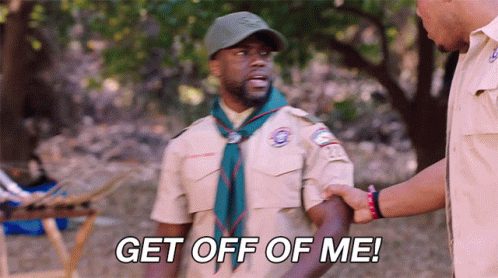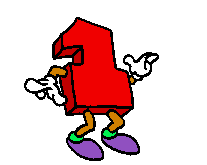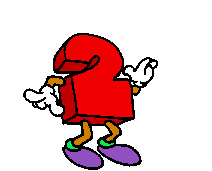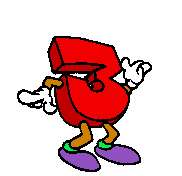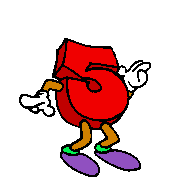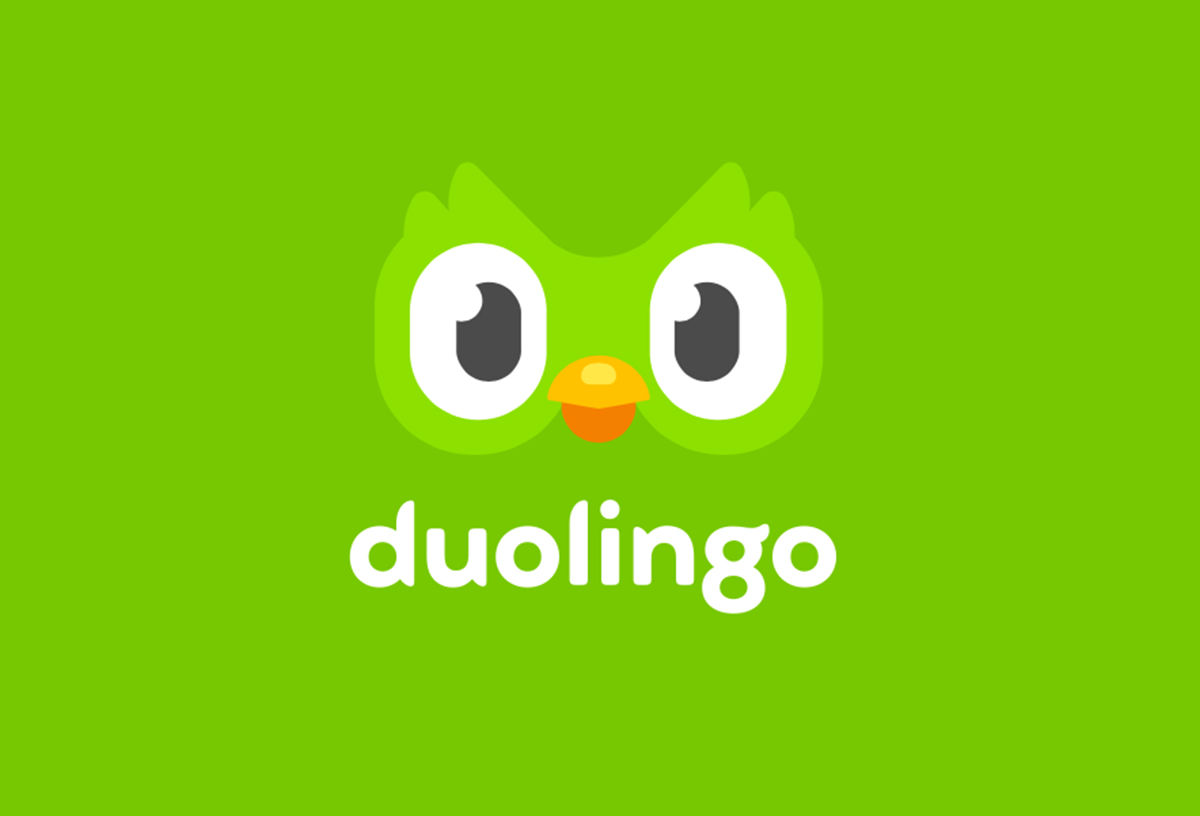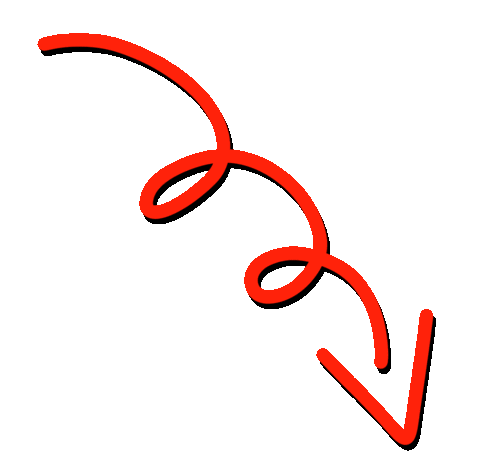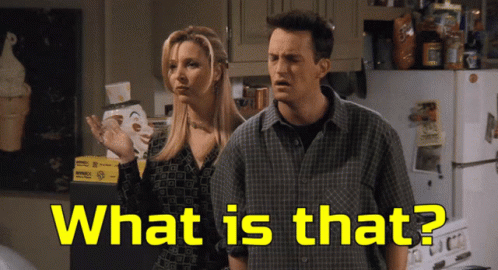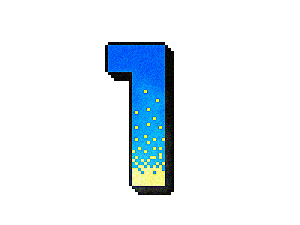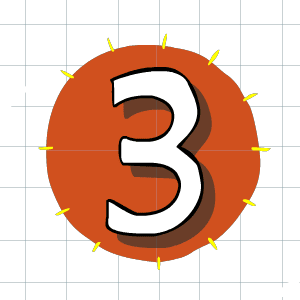Saturday, February 26, 2022
BLOG #6
Sunday, February 20, 2022
BLOG #5
5 APPS TO HELP YOU LEARN / IMPROVE YOUR ENGLISH
ELEVATE
- You can improve all skills .
- It works through games.
- It is easy to use.
- Helps you prepare for exams (TOEL, Cambridge).
- Easy to use.
- Contains activities for all skills.
- Designed to be learned in 10 minutes a day.
- Contains: The Alphabet Section, The First Pair of Lessons, A Phrasebook, A Review Function.
- The application is free of charge.
- Contains interactive tools.
- Focuses on reading and reading comprehension.
- Focused on vocabulary.
- You learn based on your level.
- Earn points and compete
- Offline Availability.
- Learn Through Audio and Video Lessons.
- Easy to use.
- It is formatted into organized, progressive lessons.
- You can see how many days in a row you have studied.
- It is very balanced (focuses on the 4 skills).
- Learn through games where you earn points and compete (keeps you motivated).
All of these apps are available on both Android and iOS devices for free and with a paid version with extra features.
_________________________________________________________________
Monday, February 14, 2022
BLOG #4
LEARN ENGLISH THROUGH MUSIC
Learning English through music is one of the most natural techniques, where you learn to improve:
1. Vocabulary
2. Grammar
3. Listening comprehension
4. Pronunciation
5. English spelling
Generally, English songs contain a wide and varied vocabulary ranging from phrases to idiomatic expressions commonly used by native English speakers.
My advice is to start with songs with slower rhythms like ballads, Blues, Jazz, etc. And with time when you feel more confident you can add to your list a little bit faster rhythms like Pop, R&B, Rap, etc.
Below are some steps on how to apply music to learn/improve your English.
1. Choose songs you like the most.
2. Sing it out loud, even if you don't know the lyric perfectly.
3. Look up the lyrics of the songs and read them while listening to the music.
4. If you have time, transcribe the songs.
5. Finally, when you are alone at home, don't hesitate to do Karaoke.
Tuesday, February 8, 2022
BLOG #3
DIFFERENT TYPES OF ABBREVIATION
¿What is an abbreviation?
An
abbreviation is a shortened version of a word or phrase.
There are four
different types of abbreviations in English:
- Initialism
- Acronym
- Shortening
- Contraction
____________________________________________________________
An initialism is formed from the first letters of a group of words. We pronounce each letter individually.
EXAMPLES:
- FBI: Federal Bureau of Investigation
- ASAP: as soon
as possible
- CD: Compact
disc
- CEO: Chief
Executive Officer
- USA: United
States of America
____________________________________________________________
ACRONYM
An acronym is formed from the first letters of a group of words. We pronounce the acronym as a word.
EXAMPLES:
- NASA: National Aeronautical and Space Administration
- NATO: North
American Treaty Organization
- PIN: Personal
identification number (code for bank card)
- RAM: Random
access memory (computer memory)
- SIM: Subscriber identification module (card for mobile phone)
____________________________________________________________
SHORTENING
A shortening is an abbreviation in which the beginning or end of the word has been omitted. There are 2 types:
Type 1 (treated as real words)
- app: application (software)
- flu: influenza (an illness)
- blog: weblog (a type of
website)
Type 2 (not treated as real words)
- Feb.: February
- Sat.: Saturday
- etc.: et cetera
____________________________________________________________
CONTRACTIONS
Contractions are
abbreviations in which we omit letters from the middle of a word. We do noot
write a full stop at the end of a contraction. The first letter is a capital
letter only if the full word starts with a capital letter.
Type 1 (missing letters from 1 word)
- Dr: Doctor
- govt: government
- Mr: Mister
Type 2 (missing letters from more than
1 word)
We use an
apostrophe to represent the missing letters:
- he‘s: he is
- they‘d: they would
- I‘ve: I have
_________________________________________________________________
BLOG #8
WHEN WE USE IN - ON - AT? We use IN for long periods of time such as: Months: In December, In March, In July Years: In 2022, In 1998, In 20...

-
10 PHRASES YOU CAN USE TO SOUND MORE NATIVE When communicating, fluency and pronunciation are important factors to achieve a good level of ...
-
THREE BENEFITS OF SETTING THE LANGUAGE OF YOUR ELECTRONIC DEVICES You may be wondering what advantages this will bring you, and the truth is...
-
WHEN WE USE IN - ON - AT? We use IN for long periods of time such as: Months: In December, In March, In July Years: In 2022, In 1998, In 20...




